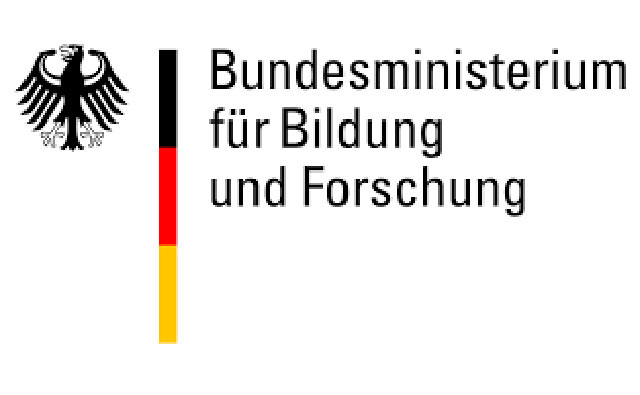Artificial illumination of rooms is often not ideally adapted to the individual needs of the people inside. This is a case where automatic solutions are able to help create the appropriate lighting for various scenarios. This will optimally support your concentration during work or your wellbeing during relaxation. It can also minimize security risks, for the elderly for example, which may arise when lamps on stairways and thresholds cast disturbing shadows.
Solution approach
As part of the EnKonSens (Energy-self-sufficient mobility for context-sensitive building automation) project partners from industry and science are developing future sensors that will automatically detect which lighting situation is currently required for a room in order to generate the needed light as efficiently as possible. Should a user want to add individual settings, he/she is able to do so via a remote control or with a smartphone. In contrast to many existing mobile lighting control solutions, which often come with numerous quite unnecessary control options for the various situations, a particularly user-friendly control interface is being developed for this project.
The partners from industry and commerce will explore novel motion detectors, among other devices, which are able to reliably detect the location of a person. These wireless sensors work without batteries and gain their needed power from energy harvesting. In this process energy is "harvested" from the environment, e.g. from motion. Almost maintenance-free systems can be created, which automatically switch on lamps for your working area or your sofa with the appropriate lighting strength and light spectrum. If no one is in the room, the light is switched off. These measures alone can result in significant energy savings and increase the life cycle of light sources, because even LED lights age as their usage time increases, and they may use up to 20% more energy for the same amount of light output than when they were new. Additional energy is won through the development of efficient switches and the associated circuitry concepts controlling the lamps.
An intuitive operating concept, for instance for remote controlling, is in the making, that will clearly show the user the system's current status and additional control options. Intelligent sensors allow the system to restrict the information it displays to that which is relevant to the user in the current situation. Someone in the bedroom, for example, will not be shown the operating options for the living room. In an increasingly aging society, this intuitive controllability will allow as many people as possible to use the systems.
Project status: completed
 Fraunhofer Institute for Integrated Circuits IIS, Division Engineering of Adaptive Systems EAS
Fraunhofer Institute for Integrated Circuits IIS, Division Engineering of Adaptive Systems EAS